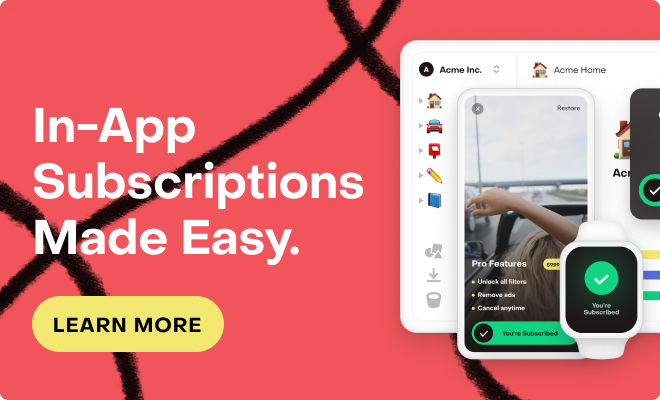Hi! I’m Jacob, recovering iOS engineer and CEO of RevenueCat.
It’s still a bit mind boggling how many folks are using our little SDK these days, and I’m excited that we have an open community to chat about it.
I’d love to hear your product and company feedback. I don’t get to spend nearly enough time with developers using our product day-to-day and would love to hear what direction you think we should take the SDK, the dashboard, and ultimately the company. We are here to help you make more money with your apps, so tell us what you need!
P.S. I’m thinking about making an app. Can you still make apps in Objective-C?




